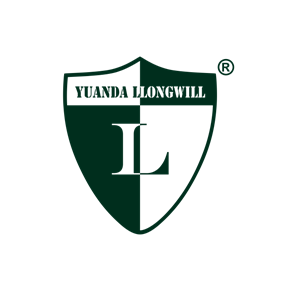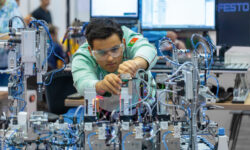I Importance of normalization of campus disinfection and epidemic prevention
The emergence of COVID-19 Delta variant has a great impact on the world. For schools, how to fully prepare the epidemic prevention and control for the coming new semester, and build a strong epidemic defense on campus has become particularly important. We published the article “Necessity and feasibility of establishing an active disinfection and epidemic prevention system for schools and kindergartens based on chlorine dioxide disinfection” last year on the Worlddidac website, which expounds the necessity and feasibility of establishing an active disinfection and epidemic prevention system for schools from many aspects. It also introduces our highly safe solution of campus epidemic prevention measures based on chlorine dioxide gas and liquid disinfection equipment.
Campus epidemic prevention has now become the top priority in the education community. How to ensure the students’ daily learning and communication in a safe environment, and how to implement effective epidemic prevention measures when the Delta variant is raging all over the world, are issues that we need to think about as education related. Dr Michael Ryan, executive director of the World Health Organization (WHO) Health Emergencies Program, said: “The virus has got fitter, the virus has got faster. It doesn’t change our game plan. The game plan still works but we need to implement and execute our game plan much more efficiently and much more effectively than we’ve ever done before.” WHO also provides ten epidemic prevention suggestions, in which an important one is to regularly use disinfectant to clean the surface of the items. SARS-CoV-2 is mainly transmitted through respiratory droplets from close contact with infected persons, as well as contaminated surfaces that are then touched by previously uninfected persons who then touch their mouth, nose or eyes without proper hand cleaning. There is evidence that the virus persists on most hard surfaces for 2–3 days and on soft surfaces for 1–2 days (van Doremalen et al., 2020). In the campus environment, teachers and students carry out various activities in a limited space. It is necessary to regularly clean the surfaces of public goods (including desks and chairs, door handles, activity facilities, canteen tables, chairs and appliances, toilet facilities, dormitories, school buses, etc.) that students and faculty have come into contact with. Schools shall at least clean and disinfect the surface of public facilities and appliances after school. Even with regular cleaning, it is important to minimize contact with shared surfaces such as manipulatives or other hands-on equipment in the classroom. Strategies for minimizing transmission via shared surfaces include assigning equipment to individual students to prevent multiple users and disinfecting items between users. Use of soft-touch items that are difficult to disinfect should be minimized (Reopening K-12 Schools During the COVID-19 Pandemic: Prioritizing Health, Equity, and Communities, Committee on Guidance for K-12 Education on Responding to COVID-19, 2020).
II Chlorine dioxide disinfection
Normalization application is the key to the safe disinfection system in schools. If the disinfection is not able to be normalized or is often in an intermittent state, imported infectious persons caused by personnel mobility would appear at any time, resulting in campus infectious diseases. Therefore, the school should establish a normalized disinfection system to supervise the relevant departments and personnel responsible for disinfection to implement the disinfection in place every day. Meanwhile, by using advanced equipment, it can reduce personnel labor, improve the disinfection efficiency and ensure the disinfection effect.
Safety is also the most basic issue to be considered in school disinfection and epidemic prevention. We cannot allow the secondary health hazards caused by improper disinfection to students and stuffs. Then, issues such as disinfection effect need to be considered. Therefore, since chemical disinfection is the mainstream disinfection method at present, and chlorine dioxide is the only safe option in chemical disinfectants so far when constructing a safe disinfection system for schools, it should be based on cutting-edge scientific and technological achievements, relying on the full use of the relevant technologies of chlorine dioxide. Please see the latest research results of chlorine dioxide preventing COVID-19: Can chlorine dioxide prevent the spreading of coronavirus or other viral infections?
1. Authoritative testing
Chlorine dioxide disinfectant is an internationally recognized new generation of powerful, broad-spectrum, safe and efficient disinfectant, which has been listed as Class A1 safe disinfectant by the World Health Organization (WHO). Chlorine dioxide disinfection solution can rapidly and completely kill various bacteria (e.g. E. coli, Staphylococcus aureus, Mycobacterium tuberculosis, fungi, mold, pneumococcus, etc.) and viruses (e.g. poliovirus, influenza virus, hepatitis virus, HFMD virus, norovirus, etc.). Its oxidability is 2.63 times that of chlorine, and its sterilizing power is 8-10 times that of Sodium hypochlorite disinfectant.
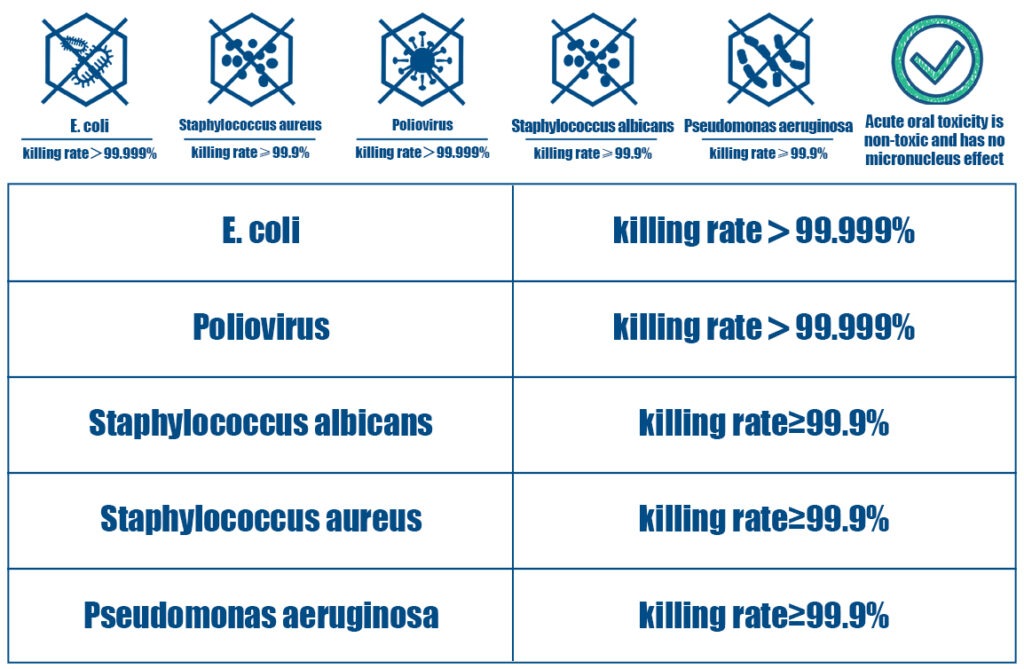
The Cleanbao® series disinfection equipment independently developed and produced by Shanghai Cleanbao Environmental Technology Co., Ltd, a subsidiary of Yuanda-llongwill, uses chlorine dioxide as the disinfection medium, which can quickly kill various bacteria and viruses so as to reduce the risk of aerosol transmission. Cleanbao® series chlorine dioxide disinfection equipment complies with the EU “The New Approach to Technical Harmonization and Standardization” directive and has obtained the EU CE Certification.
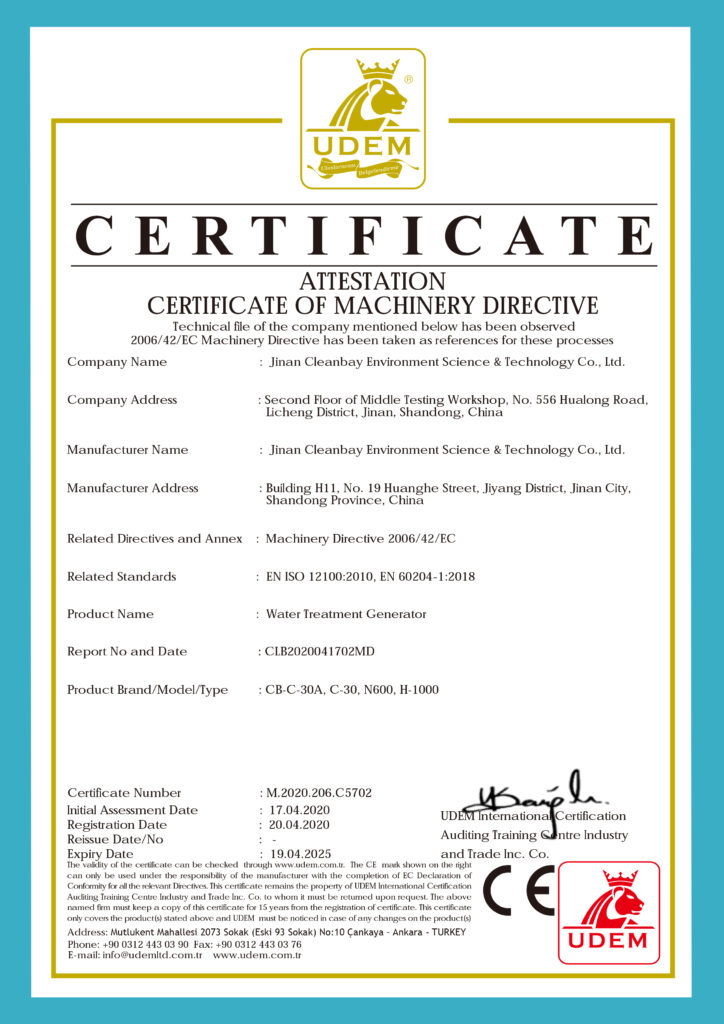
2. C-30 disinfectant preparation system
C-30 disinfectant preparation equipment is equipped with special raw materials, which can produce safe and efficient chlorine dioxide disinfectant with a concentration of 10-160mg/L (concentration adjustable) along with the water source. It can be widely used in spraying, wiping, soaking, washing, and effectively blocking the spread of surface viruses.
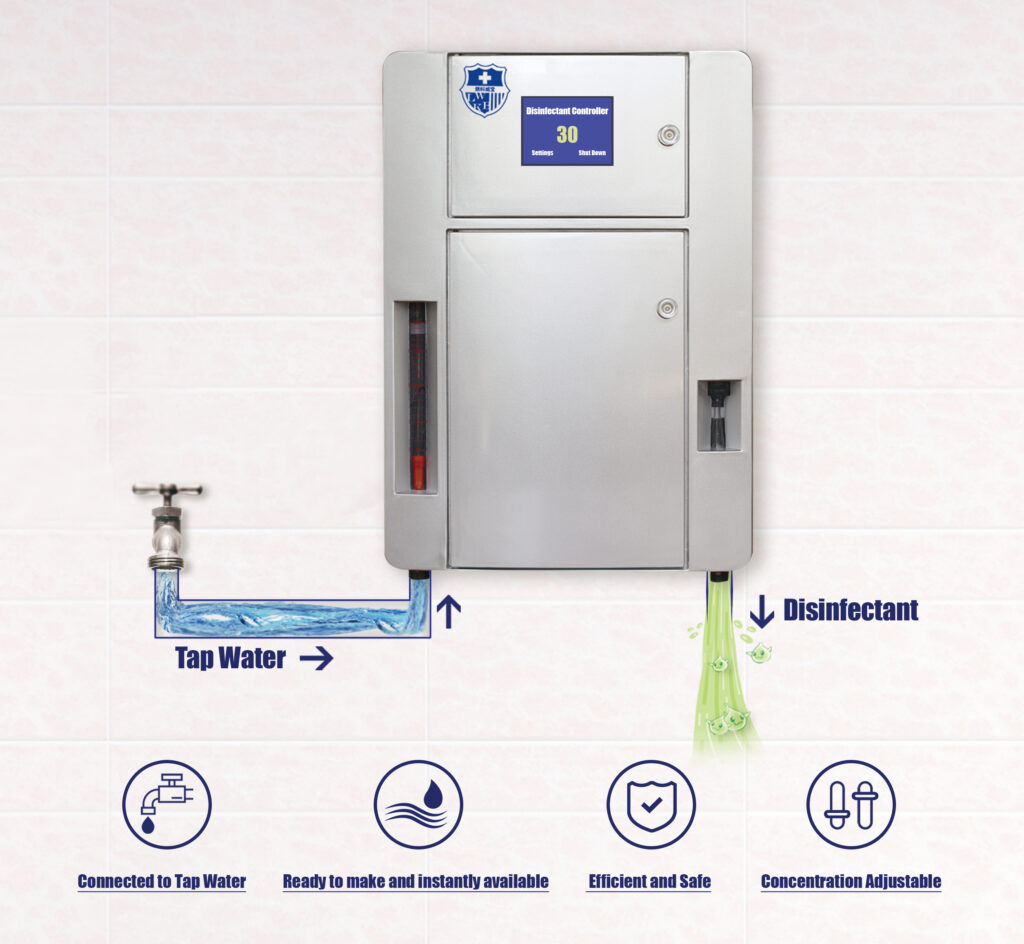
To prevent and control of infectious diseases, such COVID-19, HFMD, influenza, mumps, measles, rubella, chickenpox and norovirus, is the primary task for schools to protect the health of students and staff, maintain social stability and prevent the spread of infectious diseases in schools.
Using the disinfectant produced by C-30 chlorine dioxide disinfectant preparation equipment can effectively clean the hands and soles of school students in schools and kindergartens, and disinfect the appliances and equipment frequently contacted by school students by spraying, wiping and soaking, so as to block the contact infection of bacteria and viruses.
The recommended disinfection method for disinfection of tableware and general object surface are shown in the table below:
| Applications | Operation |
|---|---|
| General object surface | Wipe the surface of objects using clean rags, mops after soaking in disinfectant. |
| Indoor air | Spray the disinfectant with a sprayer. |
| Toilet | Spray disinfectant in toilet to deodorize smells. |
| Tableware and container | Soak in disinfectant for 10~15min and then rinse with clean water. |
| Fruits and vegetables | Soak in disinfectant for 10min and then rinse with clean water |
| Personal hygiene | Rinse mouth, wash hands, etc., to sterilize and deodorize(do not exceed 40 ° C). |
In the past six years, Yuanda-Cleanbao has provided professional and systematic disinfection solutions for more than 100 schools, hospitals and other public places. According to the user application reports in recent years, the disinfection effect of chlorine dioxide is super well. We can provide you with professional sterilization equipment and services.
For more information please contact Jane Xu (Business Consulting) and visit the website
Article Submitted By:
Rui Zhang
Shandong Yuanda-llongwill Educational Science & Technology Ltd.
China

